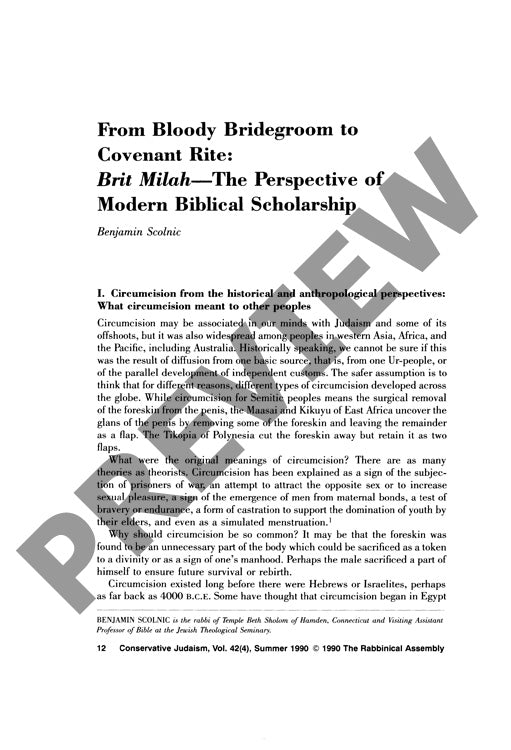From Bloody Bridegroom to Covenant Rite
Couldn't load pickup availability
Ancient circumcision practices reveal a remarkable theological evolution from primitive blood ritual to enduring covenant symbol. The transformation from the enigmatic "bloody bridegroom" episode of Exodus 4:24-26 to circumcision's codification as brit milah in Genesis 17 reflects a profound shift in religious meaning and cultural identity. Historical, anthropological, and literary analysis demonstrates that while prehistoric peoples wielded flint knives for circumcision across the Near East, Israelite practice distinguished itself through unique timing (eighth day versus puberty) and theological interpretation rather than surgical innovation. Genesis 17 reframes circumcision as a fertility covenant sign between God and Abraham's descendants, while the earlier Exodus narrative preserves more primitive beliefs about blood's protective powers. This theological development extends into prophetic literature, where "circumcised hearts" emerge as metaphors for spiritual receptivity to divine commandments. The evidence reveals that circumcision's enduring significance stems not from the physical procedure but from its evolving religious meaning - transforming from magical protection to covenant reminder and prayer for divine blessing, ultimately establishing brit milah as fundamental to Jewish identity and faith.

More Information
-
Physical Description
-
Publication Information
Published
ISBN
-
Publication Credits
Benjamin Scolnic

